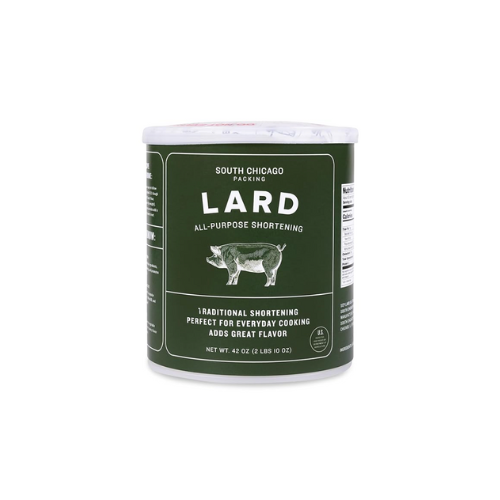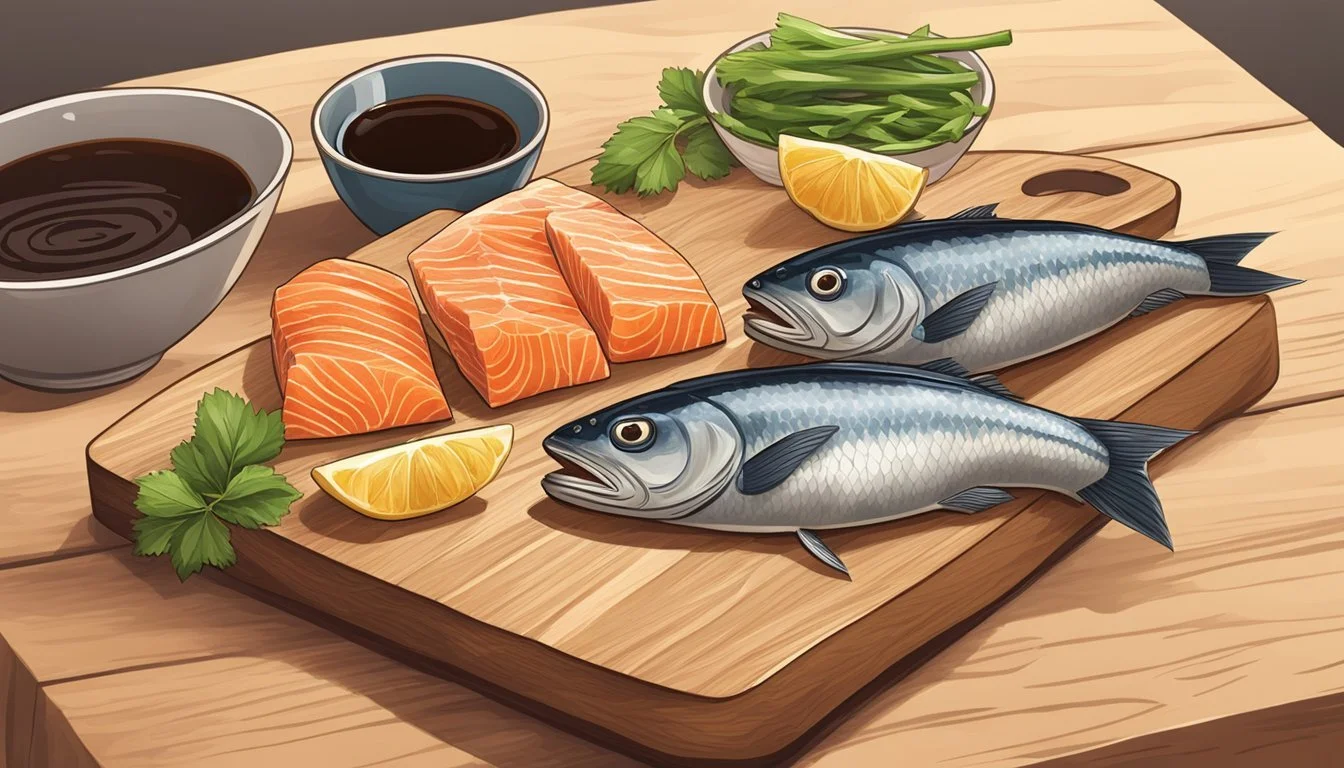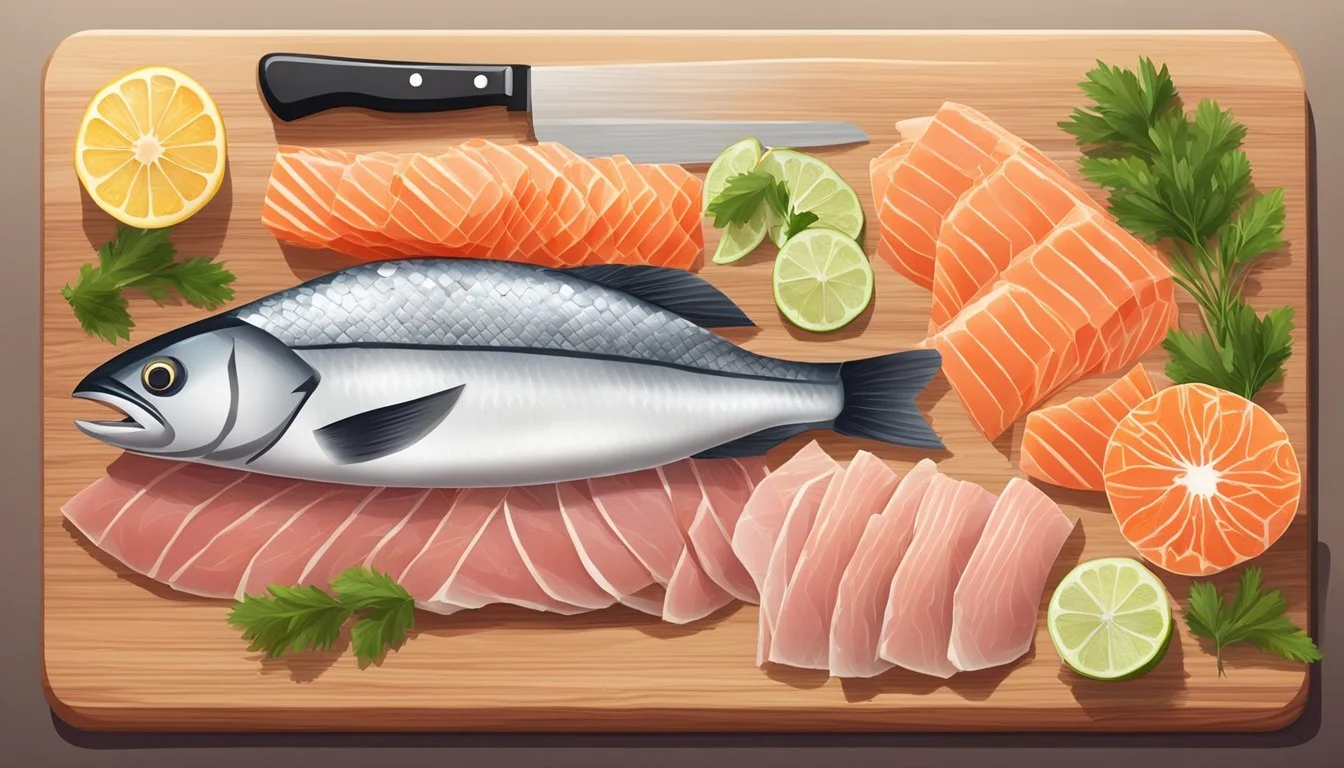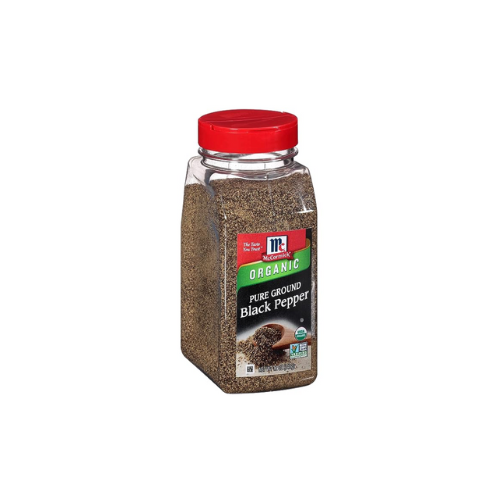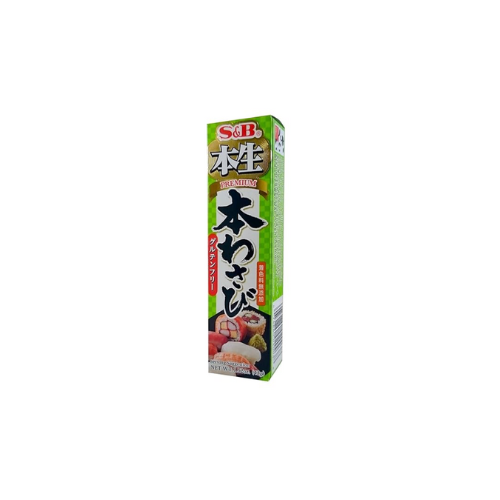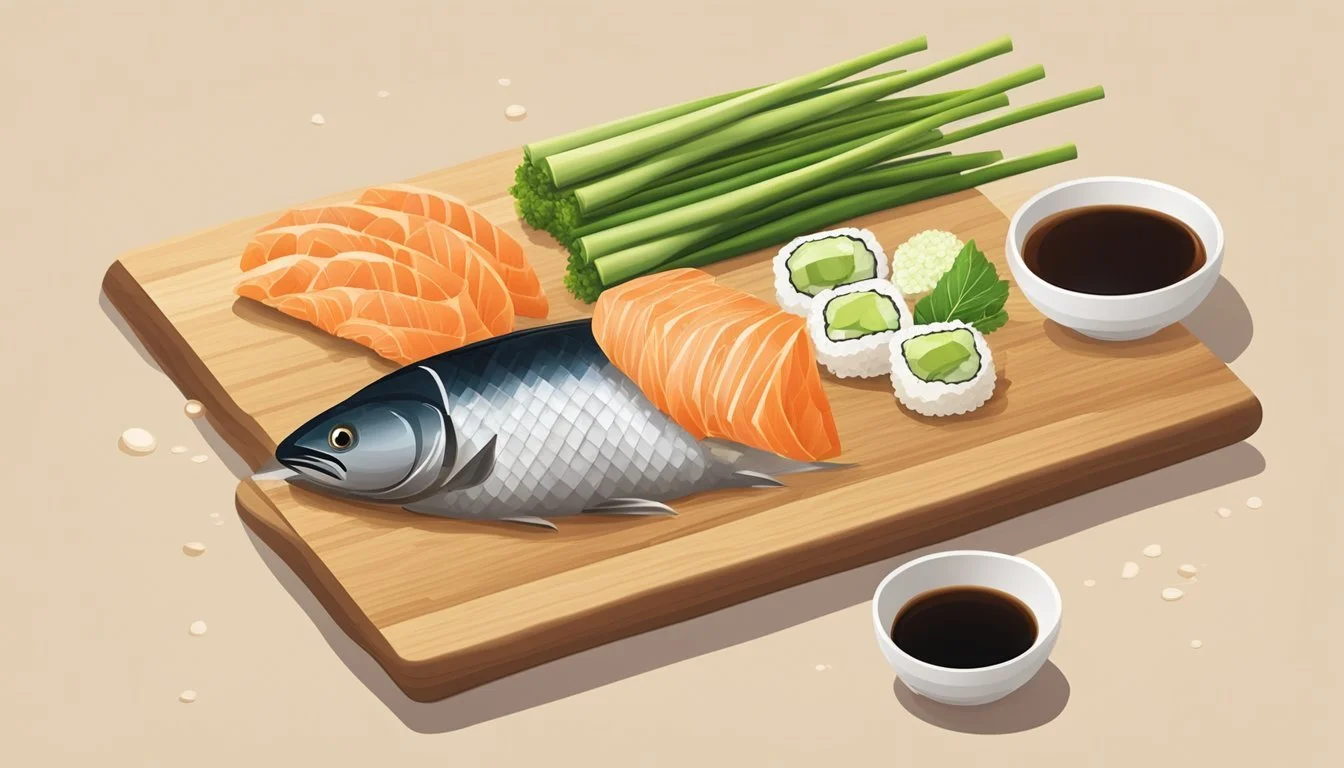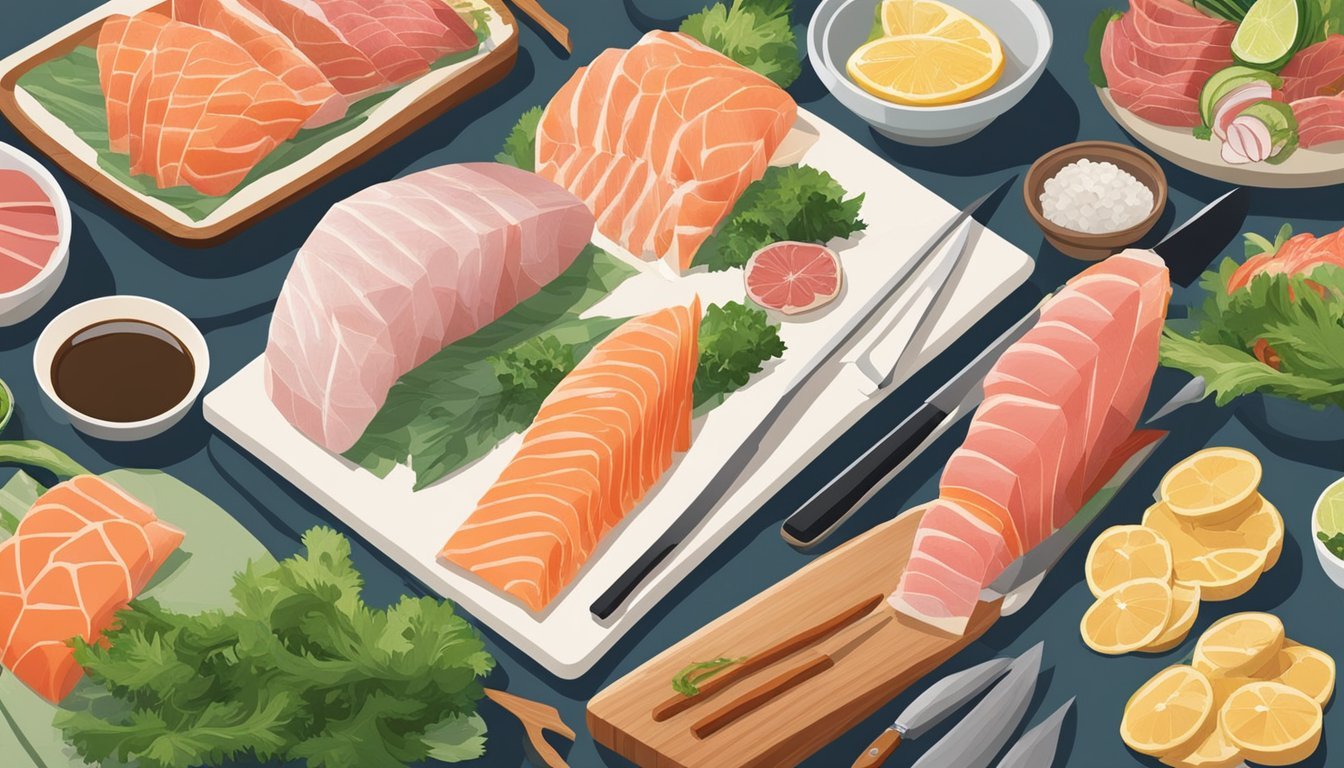How to Prepare and Enjoy Carnivore Diet-Friendly Sashimi
A Simple Guide
Within the scope of a carnivore diet, adherents consume primarily animal products, eschewing the inclusion of plant-based foods. Sashimi, a popular Japanese delicacy consisting of thinly sliced raw fish, aligns well with the principles of the carnivore diet given its pure protein source. When preparing sashimi at home, enthusiasts of the carnivore diet must ensure that they select "Sashimi Grade" fish—an industry term indicating the fish is safe to consume raw. This approach to consuming fish preserves the nutritional integrity of the protein, making sashimi a compatible choice for individuals following a strict carnivore diet.
The consumption of sashimi without the traditional accompaniments of rice or soy sauce adheres to the carnivorous approach, focusing solely on the intake of animal foods. Safety is paramount when handling and preparing raw fish to minimize the risk of foodborne illnesses. Therefore, sourcing from reputable fish markets that sell fresh, "Sashimi Grade" fish earmarked for raw consumption is crucial. Furthermore, incorporating varieties of fish high in omega-3 fatty acids, such as salmon or mackerel, can offer additional health benefits within the constraints of a carnivore diet.
Understanding the Carnivore Diet
The carnivore diet prioritizes animal products and usually excludes plant-based foods, targeting zero-carb, high-protein consumption with varying degrees of dietary fat.
Principles and Benefits
The carnivore diet, often categorized as an all-meat or animal-sourced foods diet, rests on the principle that human bodies may thrive on a high-protein and high-fat regimen with minimal to zero carbohydrate intake. This diet is rooted in the belief that early humans predominantly consumed meat and fish, and that many of the modern chronic diseases are absent in populations with such diets. Advocates claim benefits such as weight loss, reduced inflammation, and simplified meal planning.
Key Elements of the Carnivore Diet:
High Protein: Essential for muscle repair and growth.
Zero Carbs: Limits all carb intake, even from vegetables and fruits.
Saturated Fat: Emphasizes animal fat for energy in lieu of carbohydrates.
Reported Benefits:
May lead to weight loss due to reduced insulin spikes and appetite.
Some find improvements in digestive issues by eliminating plant-based foods.
Enhanced focus and energy levels reported by some adherents due to stable blood sugar levels.
Foods to Include and Avoid
On a carnivore diet, individuals consume exclusively animal products. The selection is limited to meats, fish, and other animal-derived foods like eggs and certain dairy products.
Foods to Include:
Meat: Beef, pork, lamb, etc., including processed meats like bacon and sausage.
Fish: All types, particularly fatty fish for their omega-3 content.
Animal Products: Eggs, butter, and hard cheeses.
Restriction in this diet is strict, with zero tolerance for plant-derived foods or synthetic additives. The avoidance extends beyond carbs to all other macro and micronutrients from plant sources.
Carbs: All plant-based foods, including fruits, vegetables, grains, nuts, and seeds.
Added Sugars: All forms, as they are carbohydrates.
Synthetic Additives: Artificial flavors, colors, or preservatives, which are not naturally present in animal products.
Nutritional Considerations on Carnivore Diet
When planning a carnivore diet, one must carefully consider nutritional balance. To thrive on this regimen, the body requires a specific distribution of macronutrients, a diverse profile of vitamins and minerals, and an emphasis on the right kind of fats.
Macronutrients Balance
In a carnivore diet, the macronutrient ratio skews heavily towards protein and fats, with virtually no carbohydrates. Protein is predominantly sourced from muscle meats and fish, but organ meats like liver and heart can provide a denser nutrient profile. Organ meats are superior sources of essential vitamins and micronutrients. To maintain a balanced ratio, one might incorporate:
Organ meats: Liver, kidney, heart
Bone marrow: For additional fats and nutrients
Vitamins and Minerals Intake
Vitamins and minerals are vital for maintaining health, and a strict carnivore diet may fall short in some areas. It's crucial to include a variety of meats, especially organ meats, as they are rich in micronutrients. They provide essential vitamins like:
Vitamin A (liver)
Vitamin B12 (kidney, liver)
Vitamin D (fatty fish)
Iron and Zinc (red meats)
Additionally, some individuals might need to use supplements to ensure adequate intake of minerals such as magnesium and potassium.
Healthy Fats Focus
Fats are the primary source of energy on the carnivore diet, so it's important to include high-quality fats such as those found in marbled meats, fish oils, and bone marrow. These foods offer essential fatty acids necessary for various bodily functions. One should prefer saturated and monounsaturated fats, and incorporate:
Animal fats: Suet, lard, tallow
Fatty fish: Salmon, mackerel
By prioritizing these specific foods, an individual can better meet their dietary fat requirements while adhering to the principles of the carnivore diet.
Online stores offer unbeatable prices for lard or tallow, so don't miss out!
Selecting the Right Types of Meat for Sashimi
When preparing a carnivore diet-friendly sashimi, the quality of the meat is paramount. One should opt for the freshest and most suitable types of fish and grass-fed meats to ensure the best flavor and nutritional benefits.
Best Fish for Carnivore Sashimi
For those adhering to a carnivore diet and wishing to include fish in their sashimi, salmon and mackerel are excellent choices. These fish are not only favored for their rich taste but also for their beneficial omega-3 fatty acids. It's crucial to select fresh, sushi-grade fish to avoid any potential health risks associated with consuming raw seafood.
Salmon: Look for bright, firm flesh. Sashimi-grade salmon should have a vibrant pink to orange color.
Mackerel: Freshness is key; mackerel should have clear eyes and shiny skin.
In addition, trout and sardines can be captivating options, offering a distinctive taste. These smaller fish must be indeed fresh and handled properly to ensure a palatable experience.
Grass-Fed Meats
For land animal meats in a carnivore sashimi dish, grass-fed options should be at the forefront. Grass-fed meats are often touted for their higher levels of omega-3 fats and vitamins compared to grain-fed counterparts. When it comes to grass-fed beef, texture and quality are critical considerations for an ideal slice of sashimi.
Grass-Fed Beef: Select cuts with minimal connective tissue and even marbling. A tenderloin, for instance, provides a succulent texture ideal for sashimi.
Choosing the right cuts and ensuring they come from grass-fed sources is essential for both taste and alignment with carnivore dietary principles. It's also worth noting that these meats should be sourced from reputable suppliers to ensure they are safe to consume raw.
Essential Tools and Techniques
Before diving into the preparation of carnivore diet-friendly sashimi, one must have the proper kitchen tools and be adept with specific techniques. Precision in slicing and stringent food safety protocols are paramount for the best experience.
Knife Skills for Perfect Cuts
A sharp, long-bladed sashimi knife, traditionally called a yanagiba, is essential for making clean, precise cuts of fish. The person preparing the sashimi must use a single drawing motion from heel to tip to slice, ensuring the fish's texture remains intact and the presentation is intact. Here's a condensed guide to the cutting process:
Sharpen the Knife: Start with a well-sharpened knife to ensure clean cuts.
Chilled Fish: Work with fish that is partially frozen to make slicing easier.
Correct Posture: Hold the knife at an angle and use your non-dominant hand to hold the fish firmly.
Slice with Confidence: Use a confident, uninterrupted slicing motion without sawing back and forth.
Sanitation and Food Safety
Maintaining high standards of cleanliness is critical when handling raw fish to prevent foodborne illnesses. The person should follow these basic sanitation guidelines:
Cutting Board: Use a separate, clean cutting board reserved only for raw fish.
Regular Handwashing: Clean hands frequently with soapy, warm water before and after handling fish.
Fish Storage: Store fish at appropriate temperatures (below 4°C / 39.2°F) and consume within the recommended time frame.
Cross-contamination: Avoid cross-contamination by using separate kitchen tools for different food items.
By adhering to these tools and techniques, one can ensure that the preparation of carnivore diet-friendly sashimi is both safe and successful.
Carnivore Diet Meal Planning
A well-designed meal plan is essential on a carnivore diet, focusing on a variety of nutrient-dense animal products to provide sustenance for breakfast, lunch, and dinner.
Creating a Balanced Meal Plan
To achieve balance on a carnivore diet, individuals should consider both fat and protein intake for energy and muscle maintenance. A sample day might include:
Breakfast: Beef liver pate, offering a rich source of vitamins A and B12.
Lunch: Fatty fish like salmon sashimi, providing omega-3 fatty acids.
Dinner: Ribeye steak (What wine goes well with ribeye steak?), which is high in both protein and fat content.
It's critical to ensure each meal has enough fat to provide energy, as a carnivore diet excludes carbohydrate sources. Organ meats can be integral for nutrients, while muscle meats supply ample protein.
Incorporating Variety
Utilizing different cuts of meat and types of animal products can prevent dietary monotony. Here's how variety can be incorporated:
Breakfast Varieties: Alternate between eggs, bacon, and sashimi-style fish like tuna or mackerel.
Lunch Options: Rotate recipes such as a chicken thigh meal, beef sashimi, or pork belly (What wine goes well with pork belly?) slices.
Dinner Diversity: Through the week, sample different steaks, lamb chops (What wine goes well with lamb chops?) , and seafood like scallops (What wine goes well with scallops?) or shrimp.
Varying animal-based foods also helps cover different micronutrient and fatty acid profiles, enhancing overall health within the carnivore diet framework.
Preparing Carnivore-Friendly Sashimi
Preparing sashimi while adhering to the carnivore diet requires careful attention to both slicing techniques and seasoning. The carnivore diet restricts foods to primarily animal products, making traditional sashimi an excellent option.
Slicing Techniques for Different Meats
Quality sashimi begins with the right cut. One’s technique should take into account the type of meat being used—whether it's fish, beef, or other animal proteins. For fish, slicing against the grain at a 45-degree angle ensures uniform, tender pieces. Cuts should be consistent, around 1-2 cm thick.
For beef, such as tenderloin or sirloin used for beef sashimi, the slices should be thin yet substantial enough to maintain texture, usually no more than 1 cm thick. Always use a sharp, long blade, and aim for one smooth motion per slice to avoid tearing the meat.
Seasoning without Carbs
Carnivore diet aficionados avoid carbs, which excludes many typical sashimi accompaniments. Seasonings and condiments should thus be zero or low-carb. Here’s how to enhance flavor without breaking dietary rules:
Spices: Stick to simple spices such as salt and pepper.
Condiments: Pure, carb-free preparations of wasabi and soy sauce are acceptable.
Be mindful of added sugars or non-carnivore ingredients in pre-mixed spices or condiments, and consider preparing your own to ensure purity.
Discover the endless possibilities of buying salt, pepper, wasabi, and soy sauce online!
Carnivore Diet Adaptations and Health
When individuals adapt to the carnivore diet, they often report changes in weight loss, body composition, and in some cases, improvements in certain health issues.
Weight Loss and Body Composition
Adherents of the carnivore diet frequently experience weight loss and changes in body composition. Eliminating carbohydrates can lead to a reduction in water weight, as glycogen stores, which bind to water, are depleted. Secondarily, the diet's high protein content may increase satiety and reduce overall calorie intake.
Initial Weight Loss: Rapidly occurs mostly due to loss of water weight.
Sustained Weight Loss: Results from a consistent calorie deficit, driven by protein's satiety effect.
The diet's emphasis on meat and animal products provides a high protein intake, which is effective for preserving lean muscle mass during weight loss. This can result in a leaner physique, as the proportion of body fat to lean muscle improves.
Managing Health Issues
The carnivore diet's potential impact on health is a polarizing subject. Some individuals with type 2 diabetes have reported improved blood sugar control, likely due to the low carbohydrate nature of the diet. This can lead to reduced reliance on medication for blood sugar management.
However, potential benefits must be weighed against the risk of nutrient deficiencies and the possible exacerbation of certain chronic diseases because the diet excludes other food groups. It is important for individuals to monitor their health parameters closely when on such a restrictive diet and consider consulting a healthcare provider.
Blood Sugar Control: Possible benefits due to very low to zero carbohydrate intake.
Chronic Diseases: Increased risk if essential nutrients found in plants are not supplemented.
Challenges and Solutions
Adapting to the carnivore diet requires one to face and overcome several challenges, particularly when it comes to preparing and enjoying foods like sashimi. The key is to acknowledge these hurdles and employ practical solutions.
Sticking to a Restrictive Diet
The carnivore diet is highly restrictive, limiting food intake to animal products only. Sashimi, typically consisting of fresh, raw fish is permissible, but the absence of traditional accompaniments like rice and soy sauce may prove difficult for some.
Challenge: Maintaining variety without traditional sides and sauces.
Solution: Explore a range of sashimi options such as salmon, tuna, and mackerel to keep the diet interesting, and create carnivore diet-friendly sauces using ingredients like egg yolks or dairy.
Social and Lifestyle Adjustments
Social eating scenarios can become complex when on a carnivore diet. Sashimi as a dish fits within this dietary framework, which can simplify these situations.
Challenge: Participating in social occasions with limited food options.
Solution: Suggest dining at places that serve sashimi or bring your own prepared sashimi to gatherings. Communicate with hosts or restaurants ahead of time regarding dietary restrictions to ensure a smoother experience.
Community and Resources
Embarking on a carnivore diet-friendly sashimi experience can be greatly enhanced by tapping into the support and wealth of knowledge available through various community resources. From support groups and online forums to literature from leading figures in the carnivore movement, individuals can access extensive resources that can help navigate the diet, find sashimi recipes, and connect with like-minded people.
Support Groups and Online Forums
Support groups and online forums offer a wealth of camaraderie and information for those on a carnivore diet. Enthusiasts and beginners alike can connect through platforms like Reddit or specific Facebook groups. These communities are invaluable for sharing experiences, advice, and carnivore sashimi recipes.
Shawn Baker: Often mentioned in forums for his advocacy of the diet, Dr. Shawn Baker has been a driving force in the carnivore community. Participants often reference his approach to meat-based diets when discussing sashimi options.
Online Community: Websites dedicated to the diet provide forums where one can ask questions about preparing and enjoying sashimi. Members often share personal tips and tricks that are not found in mainstream resources.
Books and Influencers
Books written by experts and influencers offer in-depth knowledge about the carnivore diet, including how to prepare different types of meat.
Recipes: Cookbooks and guides often contain a section dedicated to preparing raw meats safely, and these can be a treasure trove for sashimi enthusiasts looking for carnivore diet-friendly preparations.
Shawn Baker: His writings give readers insight into the nuances of an all-meat diet and sometimes include raw dishes that can be adapted into sashimi recipes.


